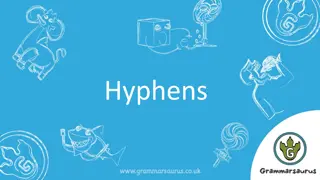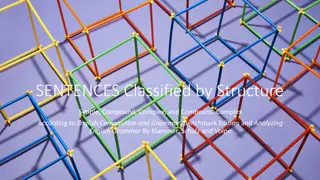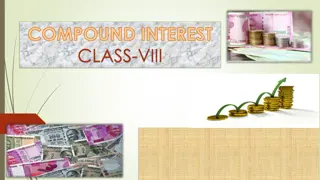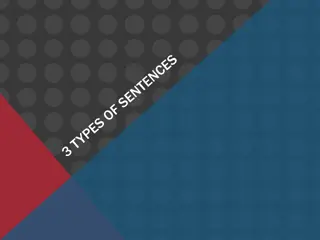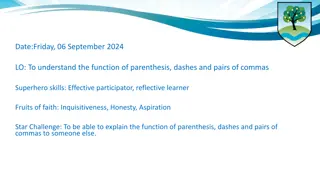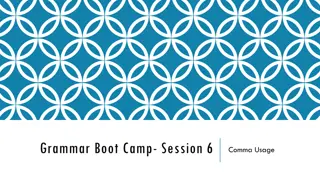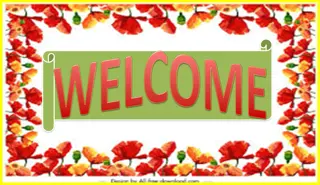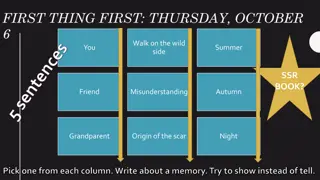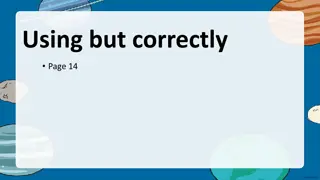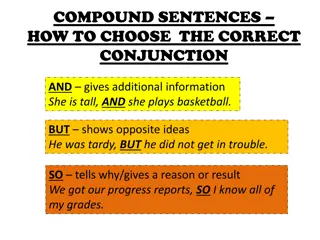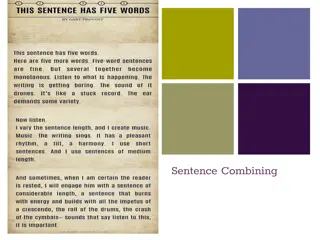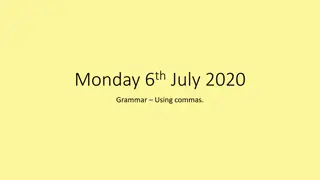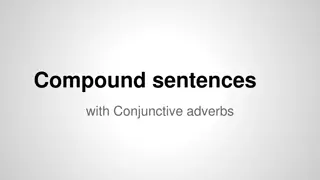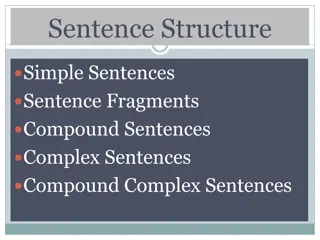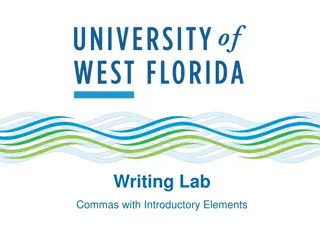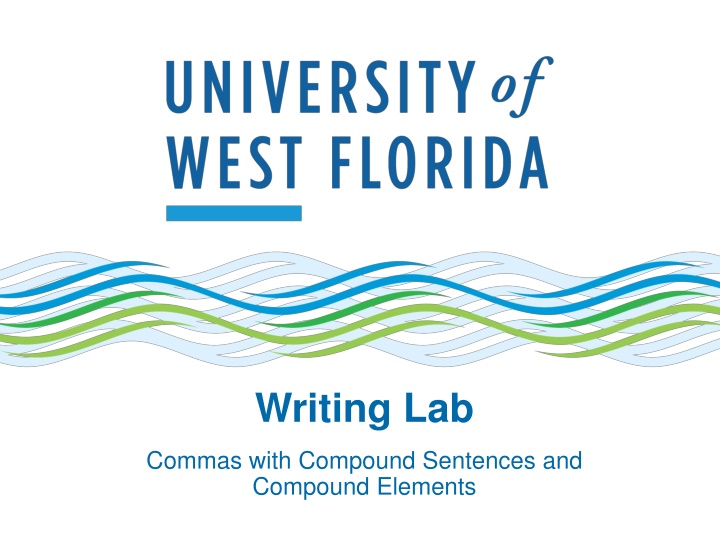
Using Commas in Compound Sentences and Elements
Learn how to properly use commas in compound sentences and compound elements. Discover when to use a comma before coordinating conjunctions and when to omit it. Improve your grammar skills with this helpful guide!
Download Presentation

Please find below an Image/Link to download the presentation.
The content on the website is provided AS IS for your information and personal use only. It may not be sold, licensed, or shared on other websites without obtaining consent from the author. If you encounter any issues during the download, it is possible that the publisher has removed the file from their server.
You are allowed to download the files provided on this website for personal or commercial use, subject to the condition that they are used lawfully. All files are the property of their respective owners.
The content on the website is provided AS IS for your information and personal use only. It may not be sold, licensed, or shared on other websites without obtaining consent from the author.
E N D
Presentation Transcript
Writing Lab Commas with Compound Sentences and Compound Elements
Commas with Compound Sentences and Compound Elements Use a comma before a coordinating conjunction (one of the fan boys) that separates complete sentences (independent clauses). The prospectors hoped to find gold on the rocky slopes of the towering Sierra Madre, so they set out eagerly.
Commas with Compound Sentences and Compound Elements cont. If the sentences being connected are short (about four words or fewer), you may leave out the comma. I laughed and I cried.
Commas with Compound Sentences and Compound Elements cont. 2 Do not use a comma when coordinating conjunctions separate only words or phrases: The river had dried up and looked as if it would stay dry for a long time. (Here, and connects a compound verb: had dried up and looked. ) The writers and editors look at their subjects with unblinking eyes. ( And connects a compound subject: writers and editors. )
Thats all, folks! This lesson is part of the UWF Writing Lab Grammar Mini-Lesson Series Lessons adapted from Real Good Grammar, Too by Mamie Webb Hixon To find out more, visit the Writing Lab s website where you can take a self-scoring quiz corresponding to this lesson

